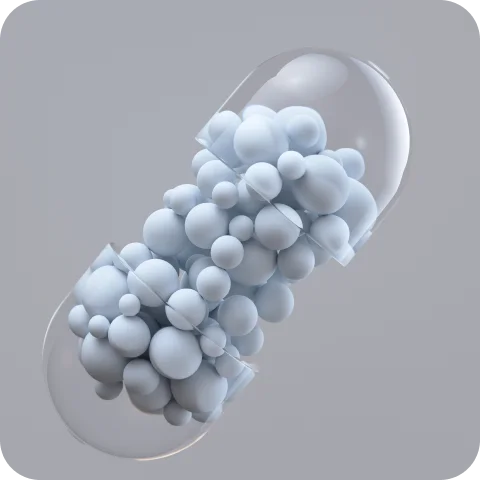The Liposome Advantage
Liposomal Delivery Protects Ingredients
It solves the Bioavailability Problem


Key Advantages of Liposomal Delivery
- Protects against the harsh environment of the GI tract and increases oral uptake and absorption
- Provides superior stability of active ingredients, allowing for higher absorption and greater efficacy
- Timing of the dose does not require accompaniment or exclusion of food as the absorption via the liposome avoids the digestive processes
- Provides a larger nutrient payload per particle
- The dose is slowly released so the supplement’s concentration level can stay fairly constant in the body







